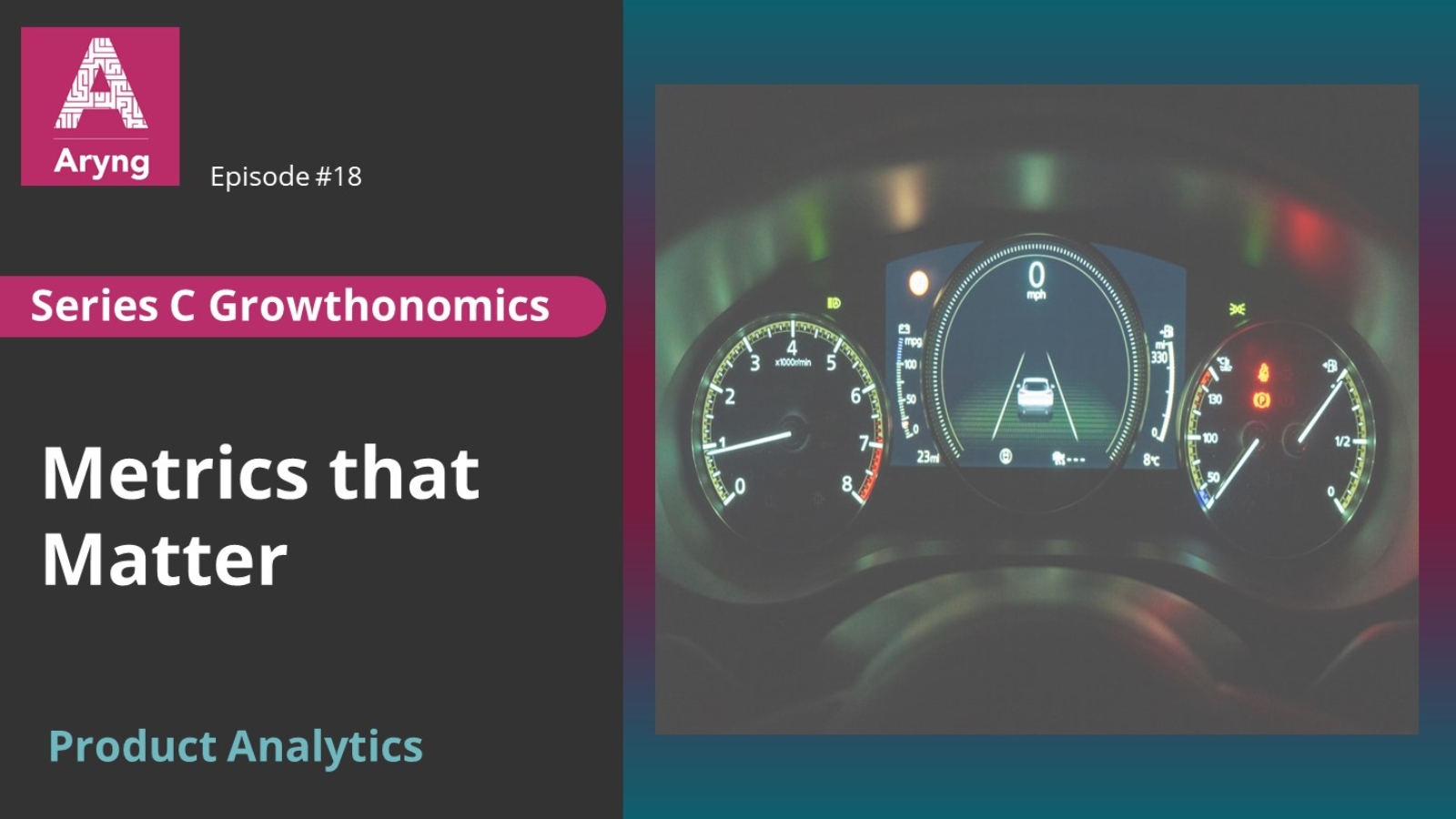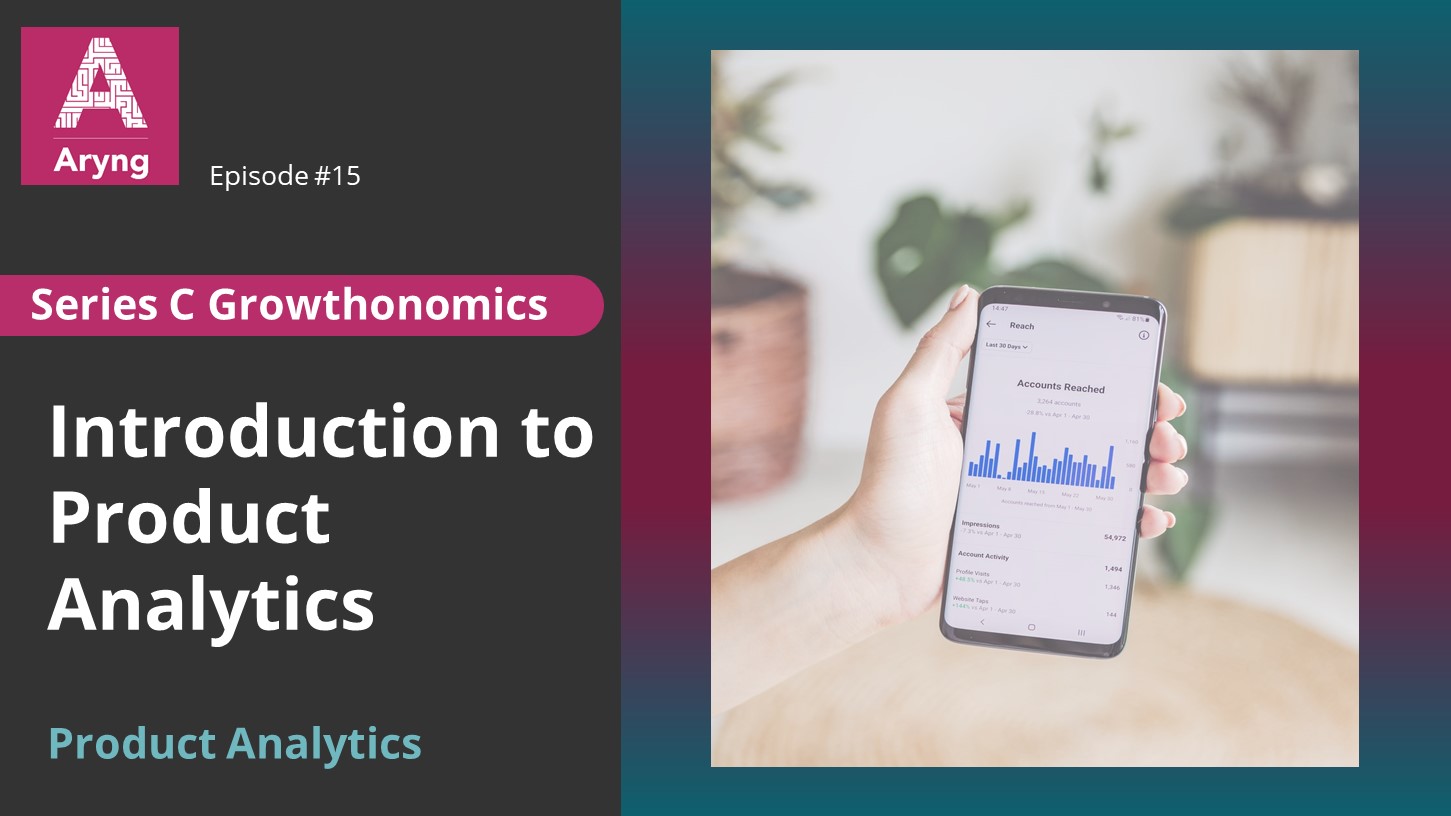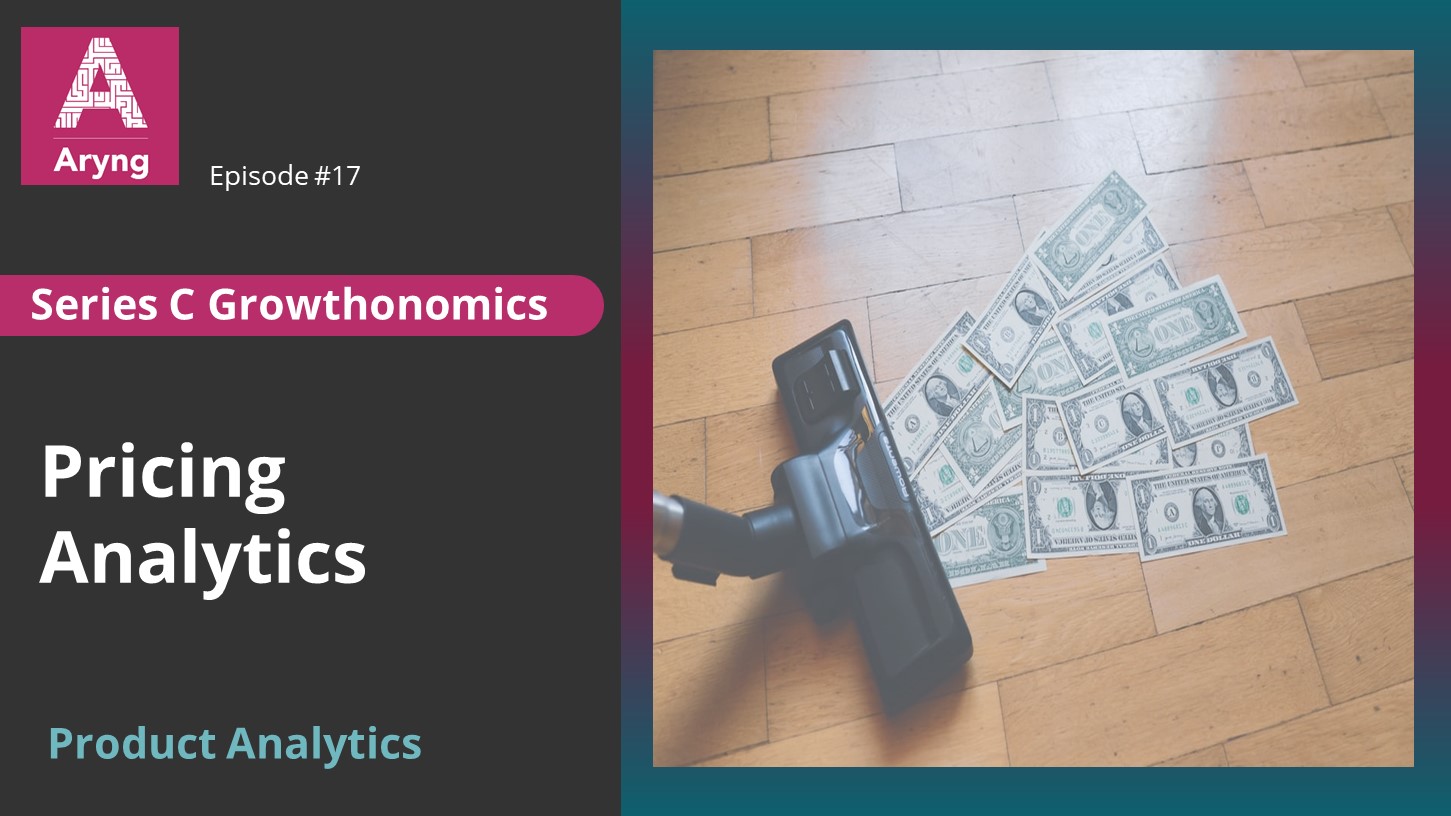As you all are very familiar with your product space, know that when it comes down to the metrics to track the performance of your product, there are 1000s. For app business, the users can be tracked using Daily Active Users (DAU), Monthly Active Users (MAU), Returning Monthly Active Users (RMAU), d1, d7, d14, d30 retention, and so on. For the paid subscribers, there are metrics like active subs, retained active subs, new subs, existing subs, subs segmented by different paid packages, upsell, cross-sell, down-sell subs, and so on. For the funnel, there are metrics like aware users, users who considered, installs, registered, activated, habituated, trials and subs. Then there can be 100s of different metrics related to your product like a list of features, feature ranking, feature correlation with retention/churn, different product settings, etc.
Among this list of 1000+ metrics that you may want to measure, which ones matter the most? Which of these are the Most Important Metrics (MIM)?
To answer this question and define the metrics that matter, we need to create a KPI DuPont. Every business knows its KPIs (Key Performance Indicators) but let’s learn what a KPI DuPont is and how to create it.
KPI DuPont
Let’s get back to our example of the hotel booking website and app “easybookings”. This is a website where the user can search the hotel listing, compare the different hotels and book the hotels according to their preference. Now for such a business, let’s discuss how to create a KPI DuPont and finally define the MIM. But before we do that it is important to know that MIM is different for different organizations and they are different even for similar businesses depending on how they are organized.
Often for the start-ups like “easybookings” growth tends to be the biggest metric. There are several ways in which growth can be defined like revenue growth, profits, etc. For simplicity, let’s assume that the top metric or the KPI for “easybookings” is revenue growth. This KPI is also called the L1 metric. Once we know the KPI, the next step is to define the drivers of the KPI. The driver for revenue is the number of visits, conversions, total price, and cancelations which becomes our L2 metrics. In the 3rd level, we are interested in seeing the metrics that drive the driver of the KPIs. For the total price, the L3 metrics are the number of rooms booked, price per room, and discounts. Similarly, for cancelations, the L3 metrics are canceled quantity, price per quantity, and cancelation charges.
Above are just simplified examples of how we define our L1, L2, and L3 metrics. And like I said before these metrics vary as per organization and it need not end at L3. Defining the metrics at different levels is just the basic requirement but if you really want to up your analytics games and make those defined metrics useful then you should start thinking about measuring the exact impact of each metric on the drivers and the KPIs. Let’s learn how.
Quantification of every metric
Most organizations follow the bottom-up approach of defining the metrics which mostly comes from tactical thinking. The metrics hence become a result of the problems or opportunities that come from day-to-day tasks. Very few organizations create the top-down of defining the KPI DuPont as discussed above. While defining these L1, L2, L3, and so on, is a great start but this is not sufficient. To make the defined metrics useful, it is important to connect the different levels of metrics mathematically. In the example above, we can connect the L1, L2, and L3 metrics using the following formula:
Revenue = Number of visits X conversion X number of rooms booked X price per room
Of course above is a very simplified version but this gives us an idea of how to link the different metrics. Now say last month’s revenue was 10 Million which comes from 1M visits, the conversion rate of 1%, and the average transaction size of $1000. Also, the 1M comes from different sources like 700k comes from Facebook, 100K comes from google, and 200K from others. Knowing this helps us in understanding the exact impact of each metric on the revenue, which is the biggest KPI. For example, we will know that the increase in conversion from 1% to 1.1% will help us in increasing the revenue by 1M. Also increasing the Facebook visits by 10% will increase the revenue by 7% whereas increasing the Google visits by 10% will increase the revenue by only 1%. This starts giving clarity on the relative importance of the driver metrics to the main KPI and you will start getting an idea of the metrics that matter the most.
Among all these metrics which can be mathematically connected, certain metrics only show correlations like CSAT is correlated with conversion. Hence, CSAT will be connected to conversion using a dotted line. Though you cannot estimate the exact impact of these metrics but using advanced analytics, you can estimate the approximate impact of these metrics on the main KPI.
Till now we have only discussed the metrics at the company level, but these metrics will make no sense unless they are measured by the people. This brings us to the next point.
Manage only what you can measure
Say, there is a marketing manager who is responsible for revenue growth for “easybookings”. He needs to define his metrics that connect to the main KPI. And these metrics should flow down to the employees with each having the metrics that matter the most. And each of these metrics should finally translate into every PM’s OKR (Objectives and Key Results).
I do highly recommend that every PM should do this exercise. Each department and product owner should figure out what are the most important KPIs for them, what are the drivers of those KPIs, and what are the metrics that drive those drivers. Creating a KPI DuPont for every PM and department in the company helps create a direct connection between strategic and tactical work. This ensures that whatever the employees are doing on a day-to-day basis is feeding directly into the topline metrics. As a result, everyone in the organization is driving value using data tracking by keeping an eye on the most important metrics.
Conclusion
You can manage only what you can measure. So, you should start measuring the right things. As we know that there are 1000s of metrics that can be instrumented but not everything is going to be meaningful. To find what is meaningful, this KPI DuPont approach will give you an idea of your L1, L2, L3, and sometimes the L10 metrics. Once we create the KPI DuPont, we should start mathematically connecting each metric to our main KPI which gives you a very clear idea of the impact of change in the lowest metric on the main KPI and your most influential metric. If every PM creates a KPI DuPont for themselves then you can create a connection between the day-to-day tactical work to your strategic planning.







